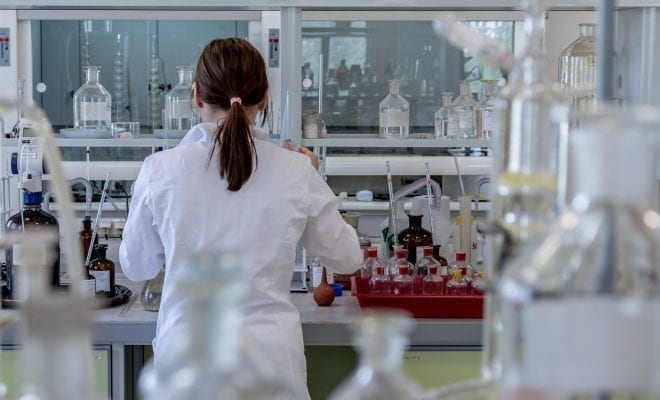
News
Israeli Scientists Unveil World’s First 3D Printed Heart
Israeli researchers have unveiled the world’s first 3D printed heart using a patient’s own cells, as the accomplishment spells out major potential for the future of organ transplants. Researchers say eventually, the technology could be used to replace patches of diseased heart, and possibly even full transplants.
Located at the Tel Aviv University, this research team completed this mini-print of heart in about three hours. Measuring at about 2.5 centimeters, the heart is about the size of a rabbit, far too small to be used in a human. Despite its size, it is still the first heart to be printed with the complete complexity of blood vessels, ventricles, and chambers, all using a special ink made from the patient’s own biological materials.
Using this material, researchers separated the matter into cellular and non-cellular components. These cells were then “reprogrammed” to become stem cells, which have the ability to transform into many other types of cells. In this case, they were turned into heart cells, while the non-cellular cells were turned into a specialized gel that was used as a sort of bio-ink for the printing process.
While before, 3D printing had only been used to print simple tissues without blood vessels needed to function, now, the technology has progressed enough to become a viable method of creating personalized organs for patients. The process creates a “completely biocompatible” organ that matches the patient, dramatically reducing the chances of the body rejecting the transplant, according to Tal Dvir, the director of the project.
The potential for 3D printing organs has enormous potential when compared to the traditional practice of patients having to wait for a donor. Since the material is printed using the patient’s own cells, it also eliminates the need for the patient to take medications to prevent rejections. Dvir said if a true-to-size human heart were to be printed, it would require a whole day to print, along with billions of cells, compared to the million or so used for this mini-sized one.
Nevertheless, the team plans on continuing research into developing this technology, as they hope that very soon it can be used to printing patches of heart that need to be repaired or replacing diseased areas with heart tissue that works perfectly.





0 comments